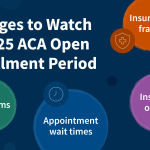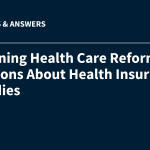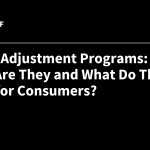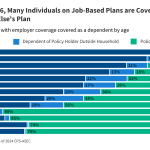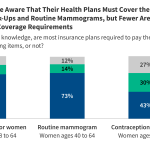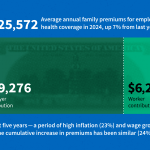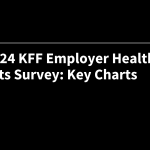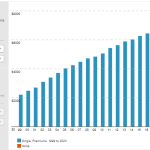How Much More Would People Pay in Premiums if the ACA’s Enhanced Subsidies Expired?
With the enhanced subsidies for enrollees in ACA Marketplace plans set to expire at the end of 2025, this calculator illustrates how much out-of-pocket premiums would increase if Congress does not extend the subsidies. It shows the projected premium increases based on incomes, zip code, family size and ages based on 2025 ACA Marketplace premiums.

